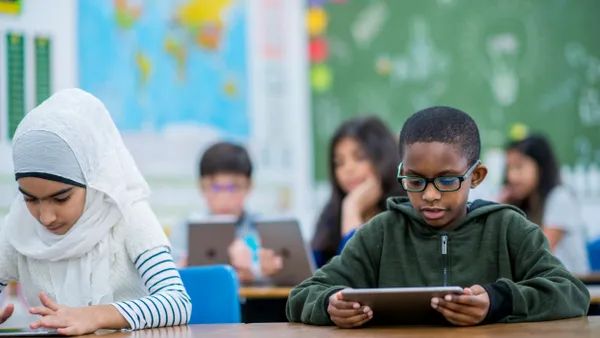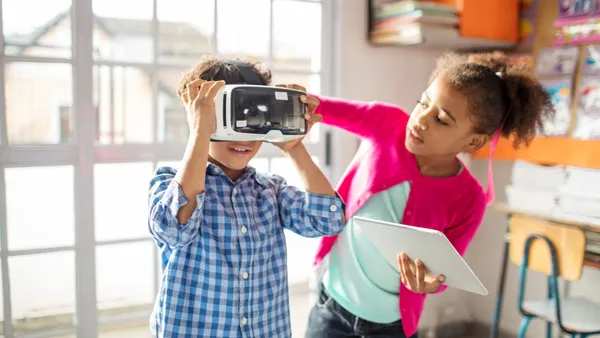Dive Brief:
- While teenagers seem to be the more eager and earlier adopters of artificial intelligence, parents are more reserved and feel less confident in their ability to use these tools, according to a national survey from researchers at the University of California, Irvine and Foundry10, an education research nonprofit.
- Among teens who reported using AI tools, 69% said that it helped them learn something new, and less than 6% said the tools created problems for them like conflicts with peers, parents or teachers, said Gillian Hayes, a chancellor’s professor of informatics at UC Irvine and a researcher on the survey.
- While the survey found that students are more likely to use generative AI tools like ChatGPT as opposed to more specialized AI tools like mental health chatbots, Hayes emphasized that one of the most surprising findings from talking to teens in focus groups was that, for the most part, teens are not using these tools to cheat.
Dive Insight:
The rising popularity of AI tools in various sectors, including education, has raised concerns and generated mixed feelings from educators as well as congressional lawmakers about the potential impact on students' learning and educational outcomes. Hayes said these types of concerns and conversations around AI inspired the survey.
“We felt like it was time to really do a proper, statistically sampled, nationwide view of what's going on,” Hayes said.
The researchers found that teens are having thoughtful conversations about AI, Hayes said, and she was impressed with how deeply they were thinking of things and wrestling with moral decisions.
“We really saw people emphasizing communication around these tools as important for their integration,” Hayes said. “People want to talk about these things, whether it's kids, parents or teachers. They want to be transparent about what's going on.”
The survey also found that while the common perception is that teens are using AI at school, the reality is that most AI usage is at home: 72% of teens reported using these tools for entertainment, 63% for homework and only 40% for classwork.
However, parents are reporting a lower percentage of AI usage and understanding. Less than a quarter of parents reported their family using AI tools in the home, said Hayes, which leads to a dynamic where teens are probably ahead of their parents when it comes to these tools. She recommends that both teens and parents attempt to navigate how to best use these tools together.
“Teens and kids tend to be curious, that's part of what it is to be a young person, they're interested in checking out these different tools,” said Hayes. “On the other hand, we've got parents who are telling us they're still figuring it out, so that's kind of an interesting moment that we're at in a time where people are trying to figure these things out together.”
Another surprising finding, said Hayes, is that unlike with most new educational technologies, results from the survey also suggest the increasing exposure to AI tools is reaching teens across a wide range of socio-economic backgrounds.
“When you think about the promise of educational technologies, it should be that we're reaching people far out in environments that maybe wouldn't normally have access to certain kinds of educational opportunities, so that's what's exciting to us,” said Hayes.
AI can provide an opportunity to individualize education, which could be particularly impactful because students tend to do better when they're self-interested and self-motivated in something, said Hayes. However, she recognized that generative AI is built to be creative and can easily give the impression that the information it is presenting is correct. This is why it is important for people, especially teens, to develop the critical thinking skills needed to assess these answers.
“I think we need more research in this space. We need more exploration,” said Hayes. “This is the time where I think we need to collect lots of data, be really thinking things through, and then be smart about things like our policy and our pedagogy.”
Supported by the National Science Foundation, the study surveyed 1,510 children and teens between the ages of 9 and 17, as well as 2,826 parents of K-12 students in the U.S.












